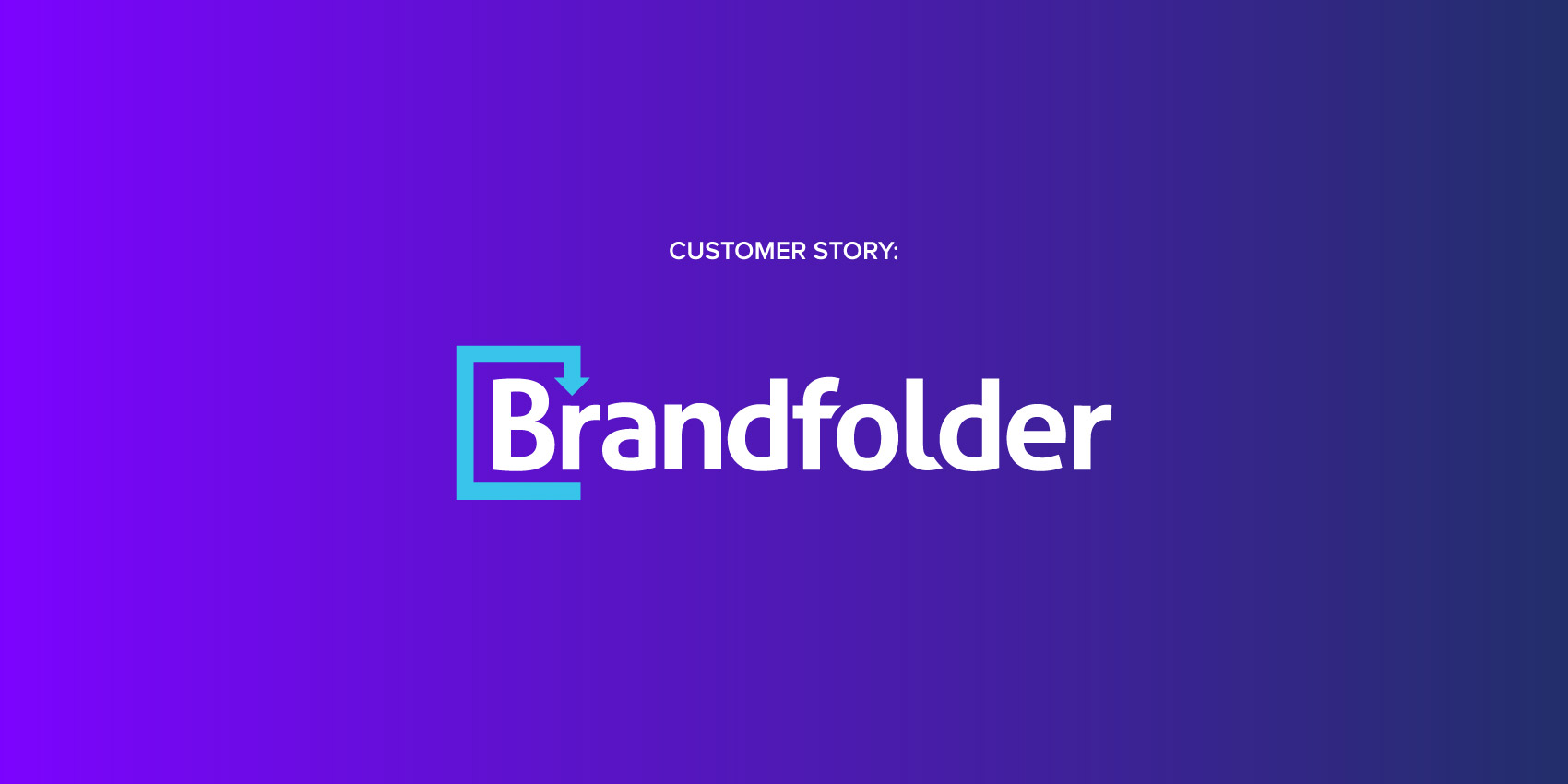
Brandfolder Brand Intelligence: Complete Buyer's Guide
Enterprise-grade AI-enhanced digital asset management platform
Brandfolder Brand Intelligence is an enterprise-grade AI-enhanced digital asset management platform that transforms how organizations manage brand consistency across distributed teams and global markets. Following its acquisition by Smartsheet, the platform leverages proprietary AI technology combining multiple vendor models including Google Vision and Amazon Rekognition to deliver trainable auto-tagging, asset scoring, and video scene recognition capabilities[42][87][41][58].
Market Position & Maturity
Market Standing
Brandfolder Brand Intelligence occupies a strong enterprise market position within the digital asset management sector, backed by Smartsheet's acquisition providing financial stability and strategic resources for continued development[54][63].
Company Maturity
The platform demonstrates proven market acceptance through Fortune 500 customer adoption including Under Armour, Slack, Mercedes-Benz, and Zoom, indicating enterprise-grade reliability and scalability[49][66][71][94].
Growth Trajectory
Market maturity indicators suggest Brandfolder has achieved operational scale with documented high customer retention rates, though specific retention percentages require independent verification[54][63].
Industry Recognition
Industry recognition comes primarily through customer success stories and documented implementations rather than analyst awards, suggesting market validation through practical deployment rather than theoretical assessment.
Strategic Partnerships
Competitive positioning differentiates through multi-vendor AI model integration and natural language processing capabilities, contrasting with single-vendor approaches from competitors[42][87].
Longevity Assessment
Long-term viability appears strong based on Smartsheet backing, enterprise customer base, and continued product development investment. However, the platform faces competitive pressure from both specialized AI design tools and comprehensive enterprise platforms, requiring continued innovation to maintain market position[105].
Proof of Capabilities
Customer Evidence
Enterprise-Scale Customer Validation demonstrates Brandfolder's capabilities through documented Fortune 500 implementations with measurable outcomes. Zoom documented saving 4,000+ hours annually through AI-powered asset retrieval, while Russell Stover eliminated version-control issues by centralizing 6 million asset downloads[71][94].
Quantified Outcomes
Quantified Performance Metrics show 78% higher compliance through AI-enhanced governance compared to static systems, with enterprises reporting up to 37% fewer brand inconsistencies when using AI-powered monitoring capabilities[54][73][72][58].
Case Study Analysis
Mercedes-Benz achieved 70% faster asset retrieval following their comprehensive platform migration that consolidated 46,000 users and eliminated fragmented system challenges[72].
Market Validation
Market Validation Indicators include high customer retention rates and 4.7/5 Capterra ratings, with users praising interface intuitiveness despite noting search relevancy challenges requiring optimization[54][63][70][111].
Competitive Wins
Competitive Displacement Evidence includes organizations migrating from fragmented systems to achieve centralized governance. Bouclair's 85,000-asset transition completed in 2 weeks with specialized implementation support, while Duo Security achieved 80% reduction in asset requests through improved self-service capabilities[70][96].
Reference Customers
Enterprise customers, notable implementations, and industry validation include Fortune 500 companies like Under Armour, Slack, Mercedes-Benz, and Zoom[49][66][71][94].
AI Technology
Brandfolder's AI engine represents a sophisticated multi-vendor integration approach, combining Google Vision and Amazon Rekognition with proprietary natural language processing for intent-based search capabilities[42][87].
Architecture
The platform's API architecture enables extensive customization and integration capabilities, as demonstrated by Mercedes-Benz's custom SDK implementation for specialized tools like their 'Star Size Calculator'[32].
Primary Competitors
Primary Competitors include Adobe Experience Manager Assets for enterprise DAM, Bynder for brand management automation, and specialized tools like Looka for SMB templating[49][50].
Competitive Advantages
Primary Competitive Advantages center on multi-vendor AI model integration combining Google Vision and Amazon Rekognition with proprietary natural language processing, providing flexibility unavailable in single-vendor approaches[42][87].
Market Positioning
Brandfolder's positioning targets the intersection of enterprise DAM and AI-enhanced brand governance, competing on sophisticated automation rather than basic asset storage.
Win/Loss Scenarios
Win/Loss Scenarios favor Brandfolder for organizations managing 10,000+ assets across multiple teams and markets with dedicated technical resources and substantial implementation budgets[41][58].
Key Features
Pros & Cons
Use Cases
Integrations
Pricing
Featured In Articles
Comprehensive analysis of AI Brand Style Guide Creators for AI Design for AI Design professionals. Expert evaluation of features, pricing, and implementation.
How We Researched This Guide
About This Guide: This comprehensive analysis is based on extensive competitive intelligence and real-world implementation data from leading AI vendors. StayModern updates this guide quarterly to reflect market developments and vendor performance changes.
138+ verified sources per analysis including official documentation, customer reviews, analyst reports, and industry publications.
- • Vendor documentation & whitepapers
- • Customer testimonials & case studies
- • Third-party analyst assessments
- • Industry benchmarking reports
Standardized assessment framework across 8 key dimensions for objective comparison.
- • Technology capabilities & architecture
- • Market position & customer evidence
- • Implementation experience & support
- • Pricing value & competitive position
Research is refreshed every 90 days to capture market changes and new vendor capabilities.
- • New product releases & features
- • Market positioning changes
- • Customer feedback integration
- • Competitive landscape shifts
Every claim is source-linked with direct citations to original materials for verification.
- • Clickable citation links
- • Original source attribution
- • Date stamps for currency
- • Quality score validation
Analysis follows systematic research protocols with consistent evaluation frameworks.
- • Standardized assessment criteria
- • Multi-source verification process
- • Consistent evaluation methodology
- • Quality assurance protocols
Buyer-focused analysis with transparent methodology and factual accuracy commitment.
- • Objective comparative analysis
- • Transparent research methodology
- • Factual accuracy commitment
- • Continuous quality improvement
Quality Commitment: If you find any inaccuracies in our analysis on this page, please contact us at research@staymodern.ai. We're committed to maintaining the highest standards of research integrity and will investigate and correct any issues promptly.